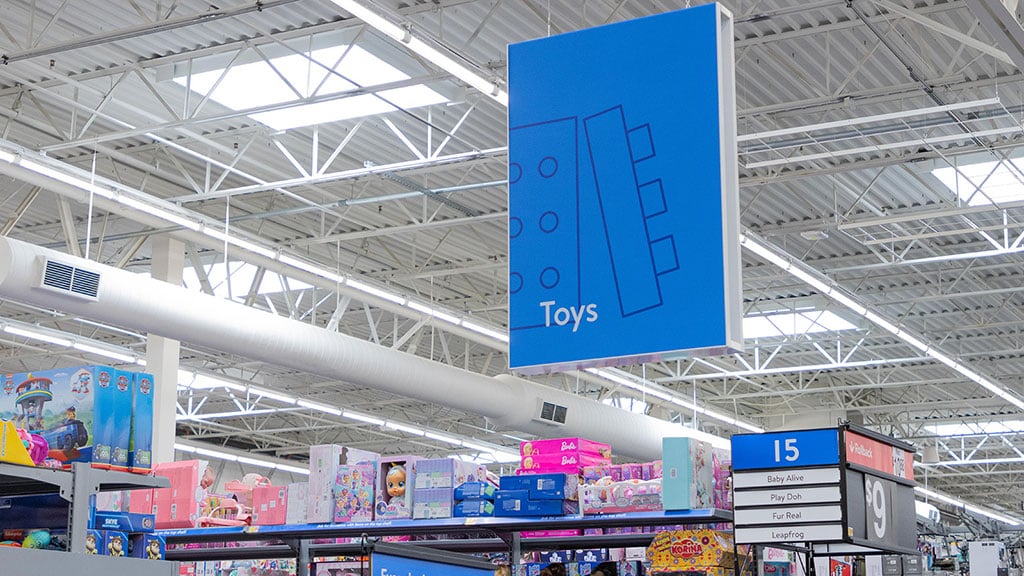The challenges are heavy, but Walmart isn’t slowing down.
The retail giant reported $165.6 billion in first quarter revenue for fiscal year 2026, up 2.5% — or 4% in constant currency — despite a calendar curveball from last year’s leap day. The big story in Q1 (outside of tariff troubles) is in Walmart’s e-commerce business. Global digital sales jumped 22%, driven by high-velocity growth in store-fulfilled pickup, delivery, and its booming online marketplace.
“We saw strong growth in categories like toys, kids apparel, and our baby categories,” said John Furner, President & CEO of Walmart U.S. on an earnings call this morning. “Toys have had a strong quarter, particularly during the holiday.”
Tariffs were a major discussion point with Walmart CEO Doug McMillon commenting on the recent progress made between the U.S. and China.
“I want to thank President Trump and Secretary Bessent for the progress made recently,” McMillon said. “We’re hopeful that it leads to a longer-term agreement between the U.S. and China that would result in even lower tariffs. We will do our best to keep our prices as low as possible. But given the magnitude of the tariffs, even at the reduced levels announced this week, we aren’t able to absorb all the pressure, given the reality of narrow retail margins.”
In an interview with CNBC, Walmart Chief Financial Officer John David Rainey said tariffs are “still too high” and noted that higher retail prices will begin later this month and into June.
Looking ahead, Walmart, like the toy industry, continues to evolve as it faces uncertainty ahead.


